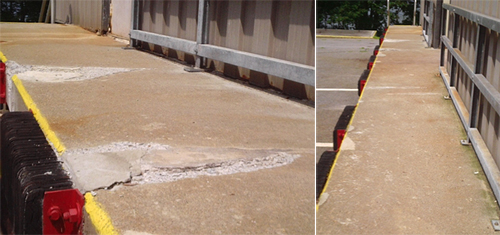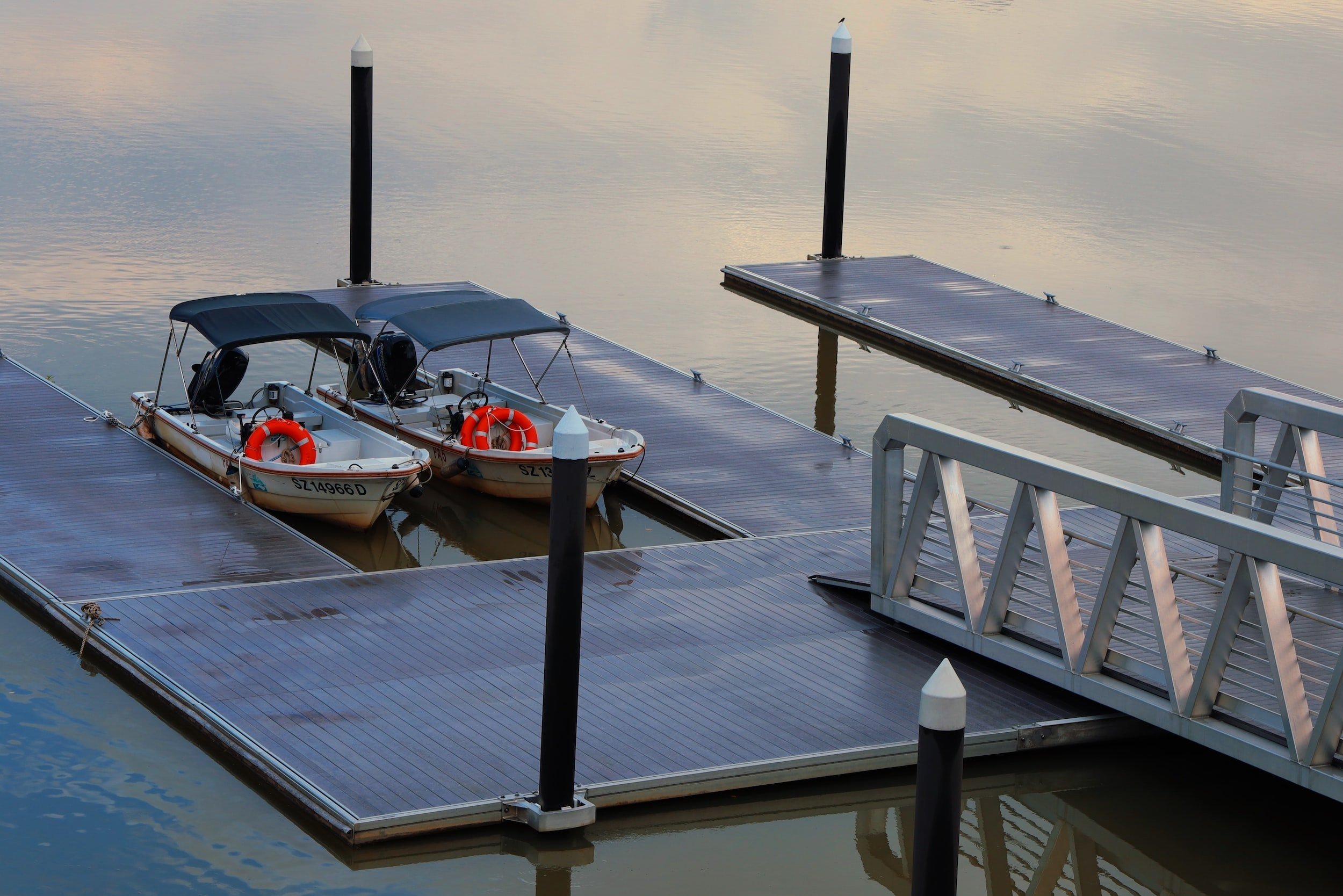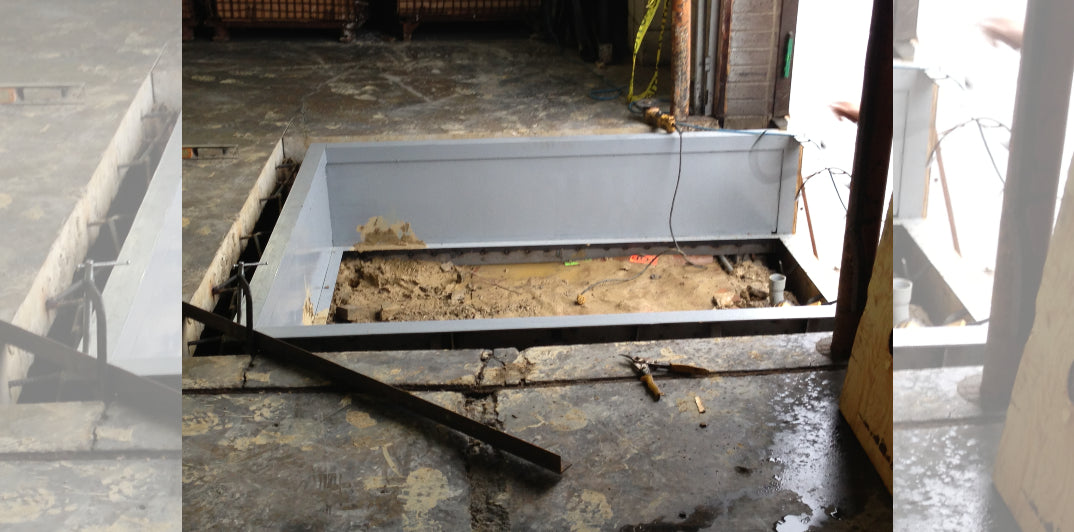The Significance of Timely Dock Repairs for Beachfront Security
Wiki Article
Effective Dock Fixing Techniques: Making Certain Architectural Honesty
Ensuring the structural honesty of docks through effective fixing techniques is vital for the durability and safety and security of aquatic facilities. This entails a multi-faceted method beginning with detailed examinations making use of innovative technologies like finder equipment and remotely ran cars (ROVs) to identify both visible and hid problems. Ultimately, selecting the best fixing materials, such as composite products and corrosion-resistant alloys, is critical for resilience. Architectural reinforcement approaches, including the application of cross-bracing systems and load-distribution plates, play a vital function in mitigating anxiety factors. The relevance of these methods ends up being evident when exploring sophisticated repair work methods and preventative upkeep techniques.Evaluating Dock Damages
Examining dock damage is an important very first step in guaranteeing the structural integrity and safety of any kind of docking center. This first evaluation entails an extensive inspection to identify both noticeable and surprise problems. Trick aspects to check out consist of the dock's structure, pilings, decking, and hardware. Each element should be looked at for signs of wear, rot, rust, or other types of degradation that can endanger the structural honesty.Structural engineers or certified inspectors commonly perform these assessments using specialized methods and tools. As an example, underwater assessments may utilize sonar equipment or remotely ran cars (ROVs) to spot submerged damage. Over water, visual evaluations are enhanced by utilizing moisture meters and other diagnostic devices to discover underlying concerns not immediately visible to the nude eye.

Finding Repair Work Materials
Picking the ideal repair materials is a crucial step in the dock repair procedure, one that straight influences the durability and efficiency of the repaired framework. Product selection have to be driven by elements such as ecological problems, load-bearing needs, and compatibility with existing dock parts. Wood is a typical choice for docks due to its all-natural strength and aesthetic charm. Picking the best type of wood, such as pressure-treated lumber or naturally rot-resistant species like cedar or teak wood, is vital to hold up against water environments.Along with wood, composite materials are progressively preferred because of their toughness and reduced upkeep demands. Composites, generally made from a blend of plastic and timber fibers, provide superb resistance to rot, pests, and UV damages. For metal docks, choosing corrosion-resistant alloys such as galvanized steel or marine-grade light weight aluminum is important to stop corrosion and ensure structural stability in saline water conditions.
Epoxy resins and marine-grade sealants are indispensable for repairing cracks and sealing joints, giving a water resistant barrier and improving the dock's total stamina. By diligently picking top quality materials, dock repair work can achieve lasting outcomes, thereby protecting against future degradation and making sure risk-free, dependable usage.
Structural Support Methods
Reliable architectural reinforcement strategies are vital in guaranteeing the security and durability of dock repair work. One basic approach includes using steel or composite support bars (rebar) within concrete frameworks. Rebar gives added tensile stamina, preventing cracks and dispersing lots extra uniformly. This approach is especially efficient for docks exposed to hefty lots or severe ecological problems.One more important method is the application of fiber-reinforced polymers (FRP) These products use high strength-to-weight proportions and superb resistance to corrosion, making them optimal for enhancing concrete or wooden docks. FRP can be applied in strips or sheets and bound with epoxy resins to enhance architectural integrity.
Bracing and securing systems likewise play a crucial duty in structural reinforcement. Cross-bracing, making use of metal or wood beams, can counteract lateral forces, minimizing persuading and movement. Anchoring systems, such as helical piers or driven stacks, supply a secure structure by moving tons to deeper, more steady dirt layers.
Last but not least, the assimilation of load-distribution plates can help distribute weight a lot more uniformly throughout the dock's surface, mitigating local stress points. These strategies collectively make sure that anchors remain secure and durable, capable of withstanding the rigors of their functional atmosphere.
Advanced Fixing Approaches

Another sophisticated technique involves underwater welding, which enables repairs to be carried out without the need to dewater the location. This method is specifically advantageous for attending to architectural issues website here in submerged dock elements, guaranteeing very little interruption to procedures. Improved welding strategies, combined with robotic systems, supply precision and reliability, thereby prolonging the life expectancy of the dock.
Furthermore, cathodic security systems are carried out to avoid corrosion in metallic dock frameworks. By utilizing sacrificial anodes or satisfied existing systems, these strategies efficiently reduce the electrochemical procedures that bring about product damage.
Finally, advanced tracking modern technologies, such as architectural health and wellness surveillance (SHM) systems, provide real-time data on the problem of dock structures. These systems make it possible for aggressive upkeep and timely treatments, eventually making sure the long-lasting structural stability of the dock.
Upkeep and Prevention
Maintenance and avoidance are basic principles that underpin the long life and safety of dock frameworks. Routine evaluations are extremely important, permitting very early discovery of damage, potential weaknesses, and environmental influences. A positive technique, including regular checks for deterioration, rot, and structural shifts, minimizes pricey fixings and prolongs the dock's functional life.Safety nets ought to include using protective coverings to steel components to guard against corrosion and using treated timber to stand up to decay. In addition, guaranteeing proper drainage and air flow can prevent water buildup, which is an usual cause of architectural degradation. Including high quality materials and sticking to supplier standards during construction and repair work stages also play vital duties in improving sturdiness.

Educating employees in dock maintenance best practices makes certain constant application of safety nets. Leveraging technological advancements, such as drones for inspections and sensing units for real-time tracking, can even more improve upkeep initiatives. By prioritizing upkeep and prevention, dock owners can guarantee structural integrity, operational security, and affordable administration over the dock's life-span.
Final Thought
To conclude, keeping the architectural honesty of marine facilities demands extensive dock repair techniques. Extensive examinations making use my blog of sophisticated devices discover both visible and concealed damages, while the option of suitable fixing materials boosts sturdiness. Applying structural support approaches addresses stress and anxiety factors efficiently. Advanced repair methods, combined with routine maintenance practices, guarantee the dock continues to be Website functional and safe under varied environmental conditions. Taking on these methods considerably lengthens the life-span and functionality of aquatic infrastructure.Making sure the architectural stability of docks via effective repair service strategies is critical for the durability and safety and security of marine centers.Picking the appropriate repair service materials is a critical action in the dock repair process, one that straight affects the longevity and performance of the fixed framework.Efficient architectural reinforcement strategies are critical in making sure the security and longevity of dock repairs. By focusing on maintenance and prevention, dock owners can guarantee structural integrity, operational security, and cost-efficient management over the dock's life-span.
In final thought, keeping the structural integrity of aquatic centers demands detailed dock repair work strategies.
Report this wiki page